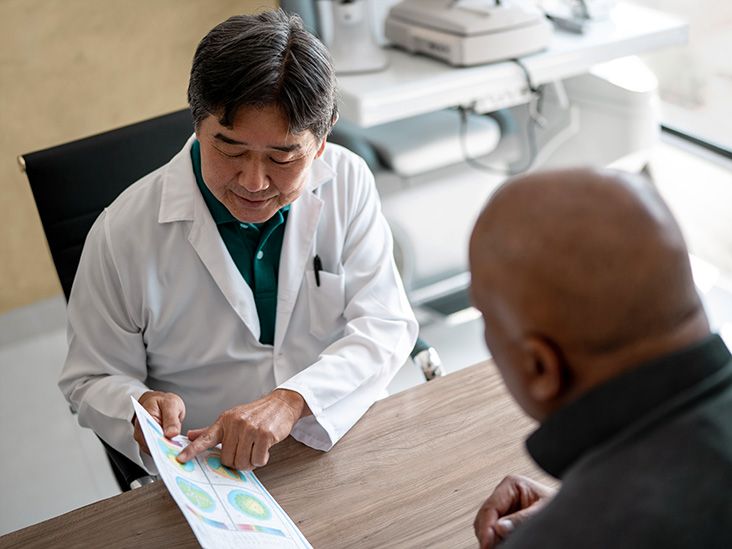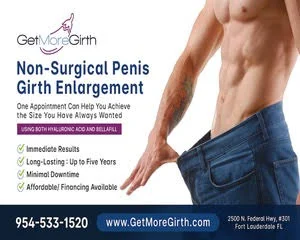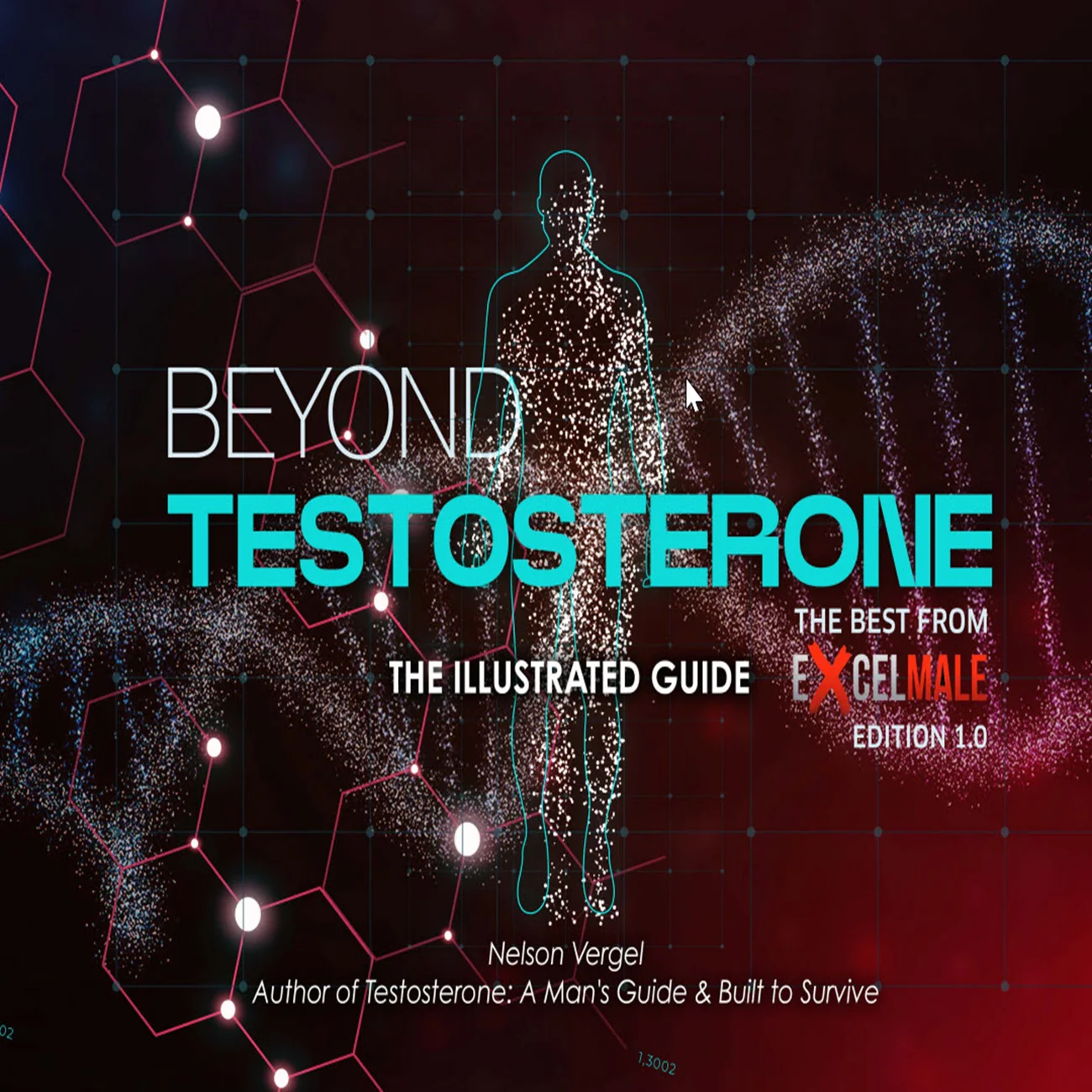I've been on HCG monotherapy for a while now, and my response has been much better lately than it was years ago. E2 has always been an issue with HCG. In a recent lab, my TT was over 1000 ng/dL, while my E2 was around 65 pg/ml. I tried to control my E2 by alternating 780/500 IU of HCG EOD (previously 780 IU M-W-F), but I doubled my FSH from 75 to 150 IU. I then repeated the labs the morning of the day I was supposed to take the higher dose of HCG (before I took it). Results: TT: 710 ng/dL; E2: 115 pg/ml.
I did some research and found this:
- FSH upregulates CYP19A1 (aromatase) within Sertoli cells, increasing intratesticular conversion of testosterone to estradiol.
Simoni M, Weinbauer GF, Gromoll J, Nieschlag E.
Title: Role of FSH in male gonadal function.
Source: Ann Endocrinol (Paris). 1999 Jul;60(2):102‑106.
PMID: 10456180
- By enhancing Sertoli cell–Leydig cell interactions and spermatogenesis, FSH indirectly increases available testosterone, thus providing more substrate for aromatization—particularly when combined with HCG.
Hayes FJ, Seminara SB, Decruz S, Boepple PA, Crowley WF Jr.
Title: Aromatization mediates testosterone’s short‑term feedback restraint of 24‑hour endogenously driven and acute exogenous gonadotropin‑releasing hormone‑stimulated luteinizing hormone and follicle‑stimulating hormone secretion in young men.
Source: J Clin Endocrinol Metab. 2001 Jun;86(6):2600‑6.
PMID: 11397860
FSH binds to FSH receptors on Sertoli cells, inducing expression of the CYP19A1 gene, which codes for aromatase.
By improving Sertoli cell function and spermatogenesis, FSH amplifies testosterone utilization.
When HCG is also present, Leydig cells produce high levels of testosterone → more substrate for aromatase → more estradiol.
The combination of FSH + HCG creates an optimal hormonal environment for increased E2 production.
Estradiol often rises proportionally to FSH dose and testosterone levels, which seems to be what happened to me this time.
I did some research and found this:
- FSH upregulates CYP19A1 (aromatase) within Sertoli cells, increasing intratesticular conversion of testosterone to estradiol.
Simoni M, Weinbauer GF, Gromoll J, Nieschlag E.
Title: Role of FSH in male gonadal function.
Source: Ann Endocrinol (Paris). 1999 Jul;60(2):102‑106.
PMID: 10456180
- By enhancing Sertoli cell–Leydig cell interactions and spermatogenesis, FSH indirectly increases available testosterone, thus providing more substrate for aromatization—particularly when combined with HCG.
Hayes FJ, Seminara SB, Decruz S, Boepple PA, Crowley WF Jr.
Title: Aromatization mediates testosterone’s short‑term feedback restraint of 24‑hour endogenously driven and acute exogenous gonadotropin‑releasing hormone‑stimulated luteinizing hormone and follicle‑stimulating hormone secretion in young men.
Source: J Clin Endocrinol Metab. 2001 Jun;86(6):2600‑6.
PMID: 11397860
FSH binds to FSH receptors on Sertoli cells, inducing expression of the CYP19A1 gene, which codes for aromatase.
By improving Sertoli cell function and spermatogenesis, FSH amplifies testosterone utilization.
When HCG is also present, Leydig cells produce high levels of testosterone → more substrate for aromatase → more estradiol.
The combination of FSH + HCG creates an optimal hormonal environment for increased E2 production.
Estradiol often rises proportionally to FSH dose and testosterone levels, which seems to be what happened to me this time.














